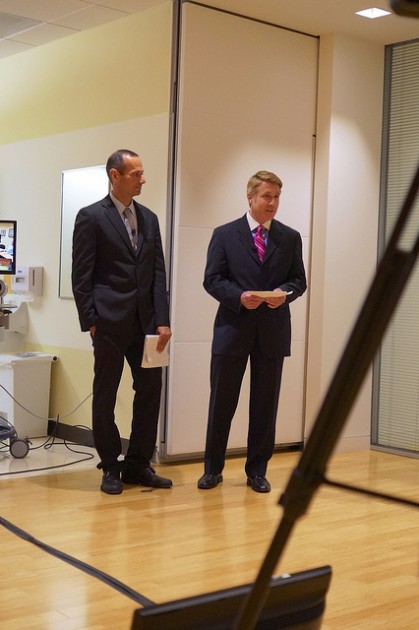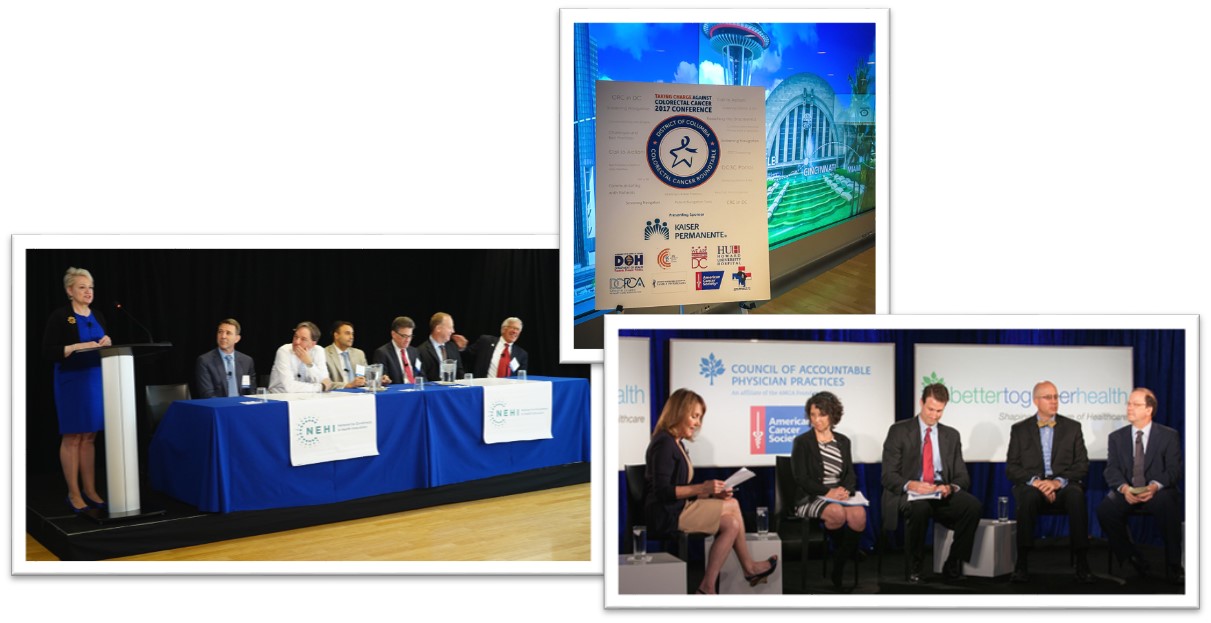By all accounts, the second-ever Center for Total Health tech focus was a great success. We were pleased to welcome a small in-person audience along with more than 80 guests via webcast to discuss the potential of wearable computers to change and improve health care — as well as check out Google Glass in action. (Kaiser Permanente and the Center for Total Health host these conversations to explore ideas and the potential of new technology; there is no implied endorsement by KP or CTH of any participating product or company.)

We had lively audience participation and interaction during the Tech Focus event (see the full chat here), and wanted to highlight a few of the most common and most interesting questions raised.
Availability
Google Glass is not yet widely available to consumers, and we aren’t sure when they will be. For those who are lucky enough to snag a pair (mostly developers), the price tag today is $1,500.
Privacy and Security
Information gathered by this device is not currently encrypted or HIPAA compliant, though this would certainly have to be addressed before Glass could be used in a clinical setting (just like any other device). A few folks asked about privacy – specifically if there’s any way for bystanders to know that Glass is taking photo or video. Such a feature does not exist in the current design, but members of our smart audience suggested that a recording light (not unlike those on video cameras) would do the trick.
Ideas for Use

Folks tuning into the webcast were not short on ideas for how wearable computers might someday be used to promote health and facilitate care delivery in a clinical setting:
- Closed captioning or hearing aid for the hearing impaired;
- Capturing the patient perspective of an office visit;
- Visualizing veins for blood draws;
- Promoting healthy behavior and choices by helping the wearer locate nearby farmers markets, parks, and health food stores;
- Real-time communication between pre-hospital providers, transferring facilities and accepting teams; and
- Improving safety for cyclists by warning them about cars and pedestrians.
If you have other questions or ideas, we’d love to hear from you in the comments below (or via Twitter – we are @kptotalhealth).



